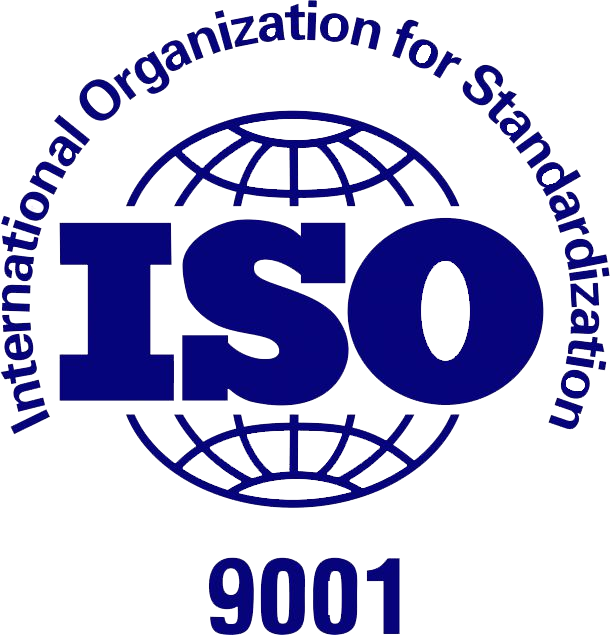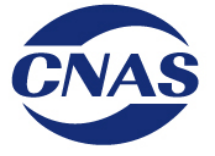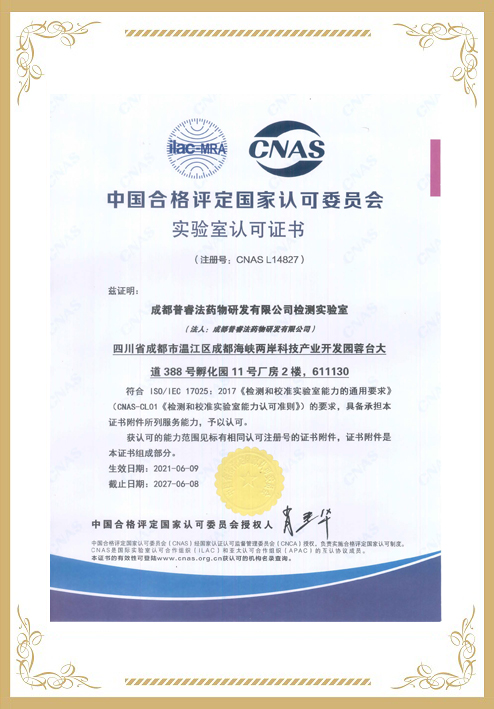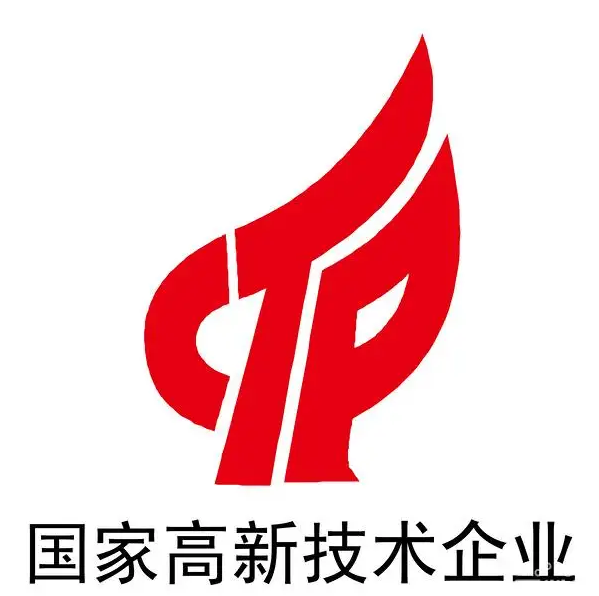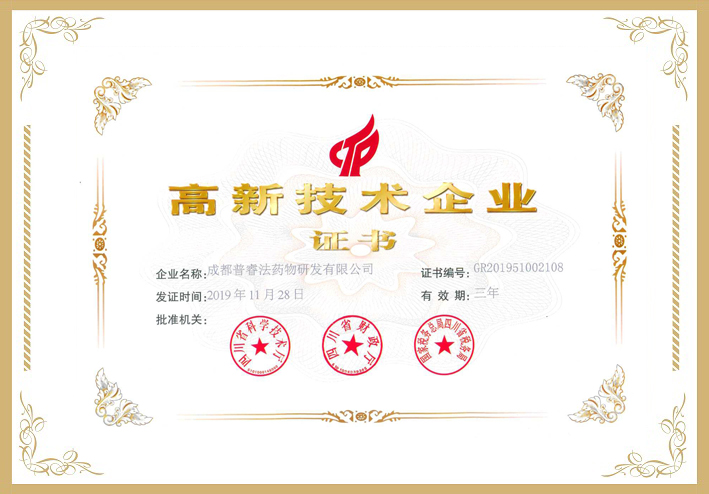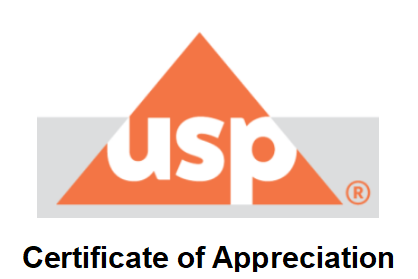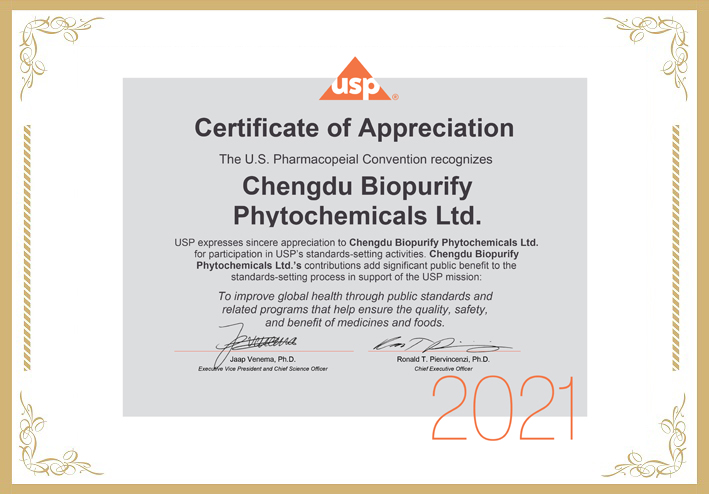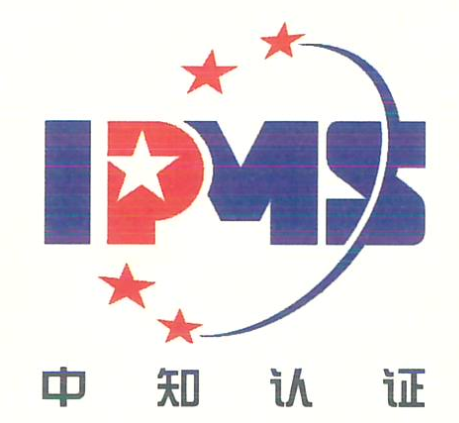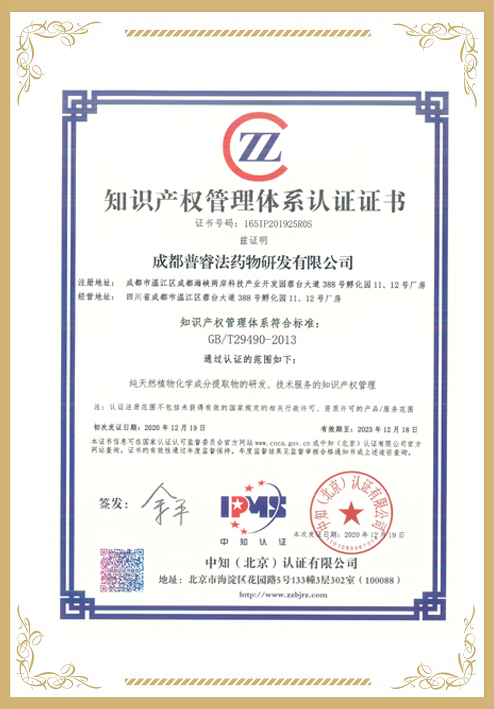Background
Mangosteens, a naturally occurring xanthones, found abundantly in mangosteen fruits. The anti-skin aging potential of γ-mangosteen (GM) remains unexplored; therefore, we investigated the UVB-induced anti-skin aging of GM via activation of autophagy.
Hypothesis
We hypothesized that GM exerts antioxidant and anti-aging capabilities both in vitro and in vivo through activation of autophagy as well as control of KEAP1/NRF2 signaling and MAPKs/AP-1/NF-κB-mediated MMPs pathways.
Methods
The anti-skin aging effects of GM were studied using HDF cells and a mice model. Various assays, such as DPPH, ABTS, CUPRAC, FRAP, and ROS generation, assessed antioxidant activities. Kits measured antioxidant enzymes, SA-β-gal staining, collagen, MDA content, si-RNA experiments, and promoter assays. Western blotting evaluated protein levels of c-Jun, c-Fos, p-IκBα/β, p-NF-κB, MAPK, MMPs, collagenase, elastin, KEAP1, NRF2, HO-1, and autophagy-related proteins.
Results
GM exhibited strong antioxidant, collagenase and elastase enzyme inhibition activity surpassing α- and β-mangosteen. GM competitively inhibited elastase with a Ki value of 29.04 µM. GM orchestrated the KEAP1-NRF2 pathway, enhancing HO-1 expression, and suppressed UVB-induced ROS in HDF cells. NRF2 knockdown compromised GM's antioxidant efficacy, leading to uncontrolled ROS post-UVB. GM bolstered endogenous antioxidants, curbing lipid peroxidation in UVB-exposed HDF cells and BALB/c mice. GM effectively halted UVB-induced cell senescence, and reduced MMP-1/-9, while elevated TIMP-1 levels, augmented COL1A1, ELN, and HAS-2 expression in vitro and in vivo. Additionally, it suppressed UVB-induced MAPKs, AP-1, NF-κB phosphorylation. Pharmacological inhibitors synergistically enhanced GM's anti-skin aging potential. Moreover, GM inhibited UVB-induced mTOR activation, upregulated LC3-II, Atg5, Beclin 1, and reduced p62 in both UVB induced HDF cells and BALB/c mice, while blocking of autophagy successfully halt the GM effects against the UVB-induced increase of cell senescence, degradation of collagen through upregulation of MMP-1, underscoring GM's substantial anti-skin aging impact via autophagy induction in vitro and in vivo.
Conclusion
Together, GM has potent antioxidant and anti-skin aging ingredients that can be used to formulate skin care products for both the nutraceutical and cosmeceutical industries.














